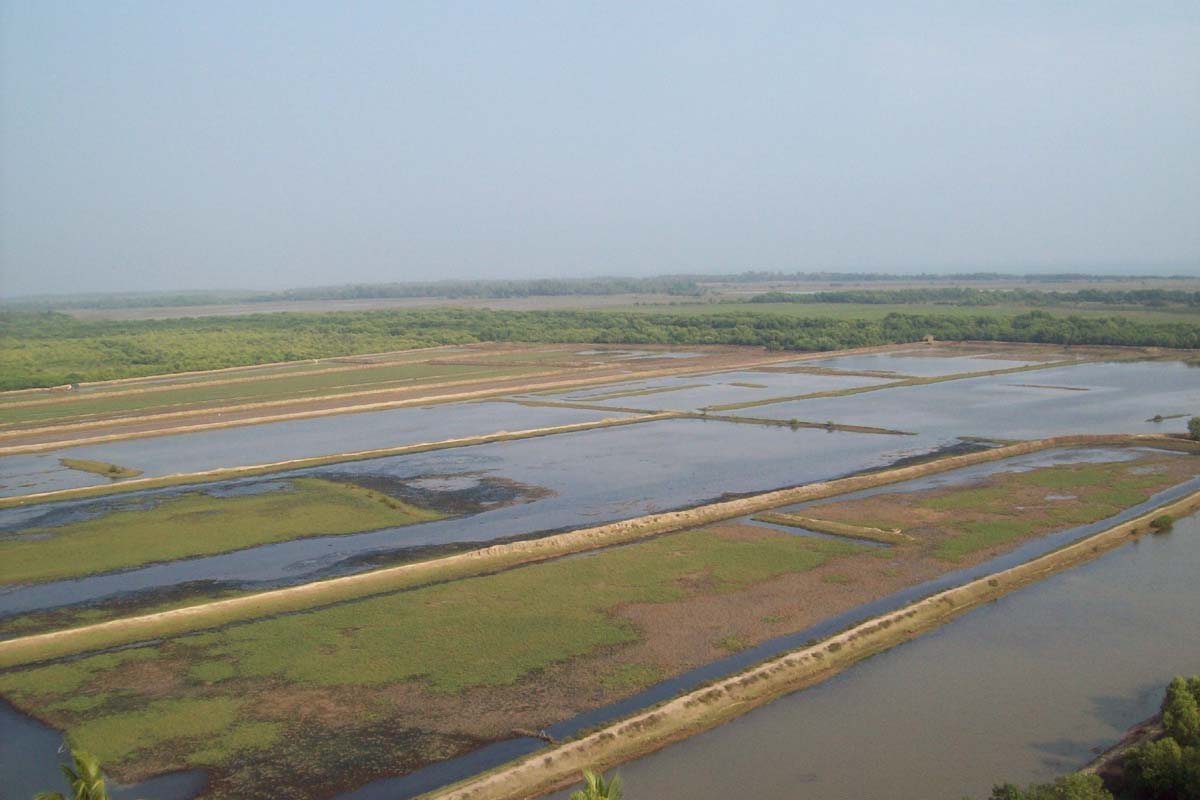Mangrove bird population rises in Bhitarkanika National Park
The forest officials on Sunday released the result of the mangrove pitta bird census report, which pegged their population at 218.
The Orissa High Court had also directed the State government agencies to give details on the criminal cases registered against illegal prawn farm operators in Chilika and Bhitarkanika.

Photo: SNS
Expressing strong displeasure over the indifferent attitude of government agencies in ensuring ecological safety at the wetland sites, the Orissa High Court has directed the Kendrapara district to expeditiously undertake satellite proofing of unlawful aquaculture in and around the wetland sites of Bhitarkanika National Park.
“The satellite verification in Kendrapara district has still not been undertaken despite the directions issued by this Court on 31 May 2021. The Collector, Kendrapara is once again directed to report compliance of the above direction by 14 August on the next date of hearing”, a division bench comprising Chief Justice Dr. S. Muralidhar and Justice B. P. Routray ruled.
The HC had earlier taken suo motu for restoration of fragile ecosystems of internationally acclaimed wetland sites in Chilika and Bhitarkanika, bearing the brunt of environmentally damaging illegal prawn farming. While the Chilika wetland site comes under the administrative jurisdiction of Puri, Khordha, and Ganjam district, Bhitarkanika falls under the revenue and forest administration of Kendrapara district. On April 3, 2
Advertisement
The High Court’s directions had come in the wake of the apex court ruling in 2017 asking Odisha among other States to initiate steps for protection and conservation of wetland sites.
The Orissa High Court in a direction issued on 30 April had directed the revenue, forest, and police department of four districts to demolish the earthen prawn dykes that had unlawfully sprouted up along the wetland areas. It had also asked the concerned authorities to video-graph, carry out satellite imaging besides making seizures of the prawn dyke infrastructure.
The court in its latest order on the matter on 27 July also asked the district collectors of Puri, Khordha, Ganjam, and Kendrapara to carry out the seizure of all the equipment and devices put in place at the illegal prawn dykes.
“Although photographs of removal of prawn gheries have been enclosed with the affidavit filed by the Tahasildar, Ganjam, they do not show that the authorities have seized the equipment that facilitates the running of such illegal prawn gheries viz., the Diesel Generator sets, Aerators, Water Pipes, Electricity wires and other incriminating materials. Unless they are also seized, the illegal gheries would in all likelihood spring up at the same place soon after their removal”, the HC ruling.
In its earlier ruling, the High Court had also directed the State government agencies to give details on the criminal cases registered against illegal prawn farm operators in Chilika and Bhitarkanika.
The illegal prawn farming activities in the prohibited areas of the wetland sites attracted the provisions of the Prevention of Damage to Public Property Act, 1984, Environment Protection Act, 1986, and the Wetlands (Conservation and Management) Rules, 2019. Despite the HC’s directives, the registration of criminal cases is reportedly on a lower side in comparison to the extent of land encroached for prawn farming. While the Puri district collector apprised the HC through an affidavit that 15,827 acres are grabbed for illegal prawn farming, the Kendrapara district has stated the encroached areas at 391 acres. However, the actual areas encroached upon for erecting prawn gheries (dykes) could go up manifold once the satellite imaging of the wetland sites is undertaken, charged conservationists.
Erecting artificial barriers in the form of dykes, the free-flow of natural creeks and water-inlets are plugged upon. As a result, the water bodies subjected to encroachment are changing their directions and triggering erosion in various spots. The unauthorized prawn gheries not only pose a stumbling block towards the unhindered flow of natural water bodies but also turns hazardous for aquatic animals including freshwater fish due to the rampant use of chemicals in gheries. In recent years, there has been a drop in fish yield due to such unauthorized activity, they added.
Advertisement